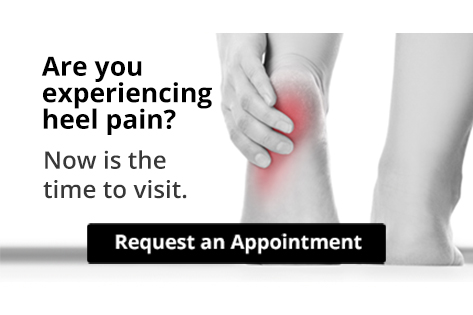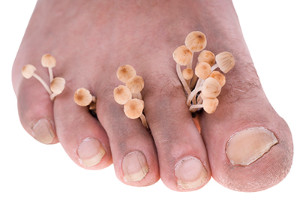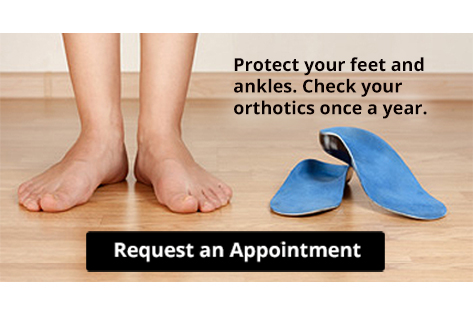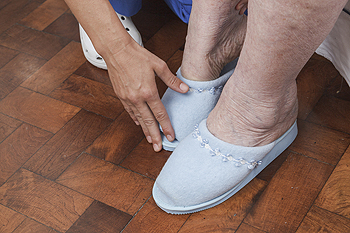 If you have ever experienced a corn on the top of the toes, you most likely are aware of the pain that is associated with it. Corns are generally the result of increased pressure and rubbing, and typically originates from shoes that do not fit correctly. It appears to be a small area, and the skin will be hardened and thick. There are known to be two types of corns and are referred to as hard and soft corns. The latter generally develops in between the toes and are often soft, because of the excess moisture and sweat that is present. Hard corns come from wearing shoes that are too tight and may often cause the toes to endure unwanted pressure, resulting in pain and discomfort. There are different types of treatments that may be used to eliminate corns, and it’s advised to speak with a podiatrist for possible relief options that are correct for you.
If you have ever experienced a corn on the top of the toes, you most likely are aware of the pain that is associated with it. Corns are generally the result of increased pressure and rubbing, and typically originates from shoes that do not fit correctly. It appears to be a small area, and the skin will be hardened and thick. There are known to be two types of corns and are referred to as hard and soft corns. The latter generally develops in between the toes and are often soft, because of the excess moisture and sweat that is present. Hard corns come from wearing shoes that are too tight and may often cause the toes to endure unwanted pressure, resulting in pain and discomfort. There are different types of treatments that may be used to eliminate corns, and it’s advised to speak with a podiatrist for possible relief options that are correct for you.
Corns can make walking very painful and should be treated immediately. If you have questions regarding your feet and ankles, contact one of our podiatrists of Foot Health Center of Merrimack Valley. Our doctors will treat your foot and ankle needs.
Corns: What Are They? And How Do You Get Rid of Them?
Corns are thickened areas on the skin that can become painful. They are caused by excessive pressure and friction on the skin. Corns press into the deeper layers of the skin and are usually round in shape.
Ways to Prevent Corns
There are many ways to get rid of painful corns such as:
- Wearing properly fitting shoes that have been measured by a professional
- Wearing shoes that are not sharply pointed or have high heels
- Wearing only shoes that offer support
Treating Corns
Although most corns slowly disappear when the friction or pressure stops, this isn’t always the case. Consult with your podiatrist to determine the best treatment option for your case of corns.
If you have any questions please feel free to contact one of our offices located in North Andover, and Tewksbury, MA . We offer the newest diagnostic and treatment technologies for all your foot and ankle needs.












